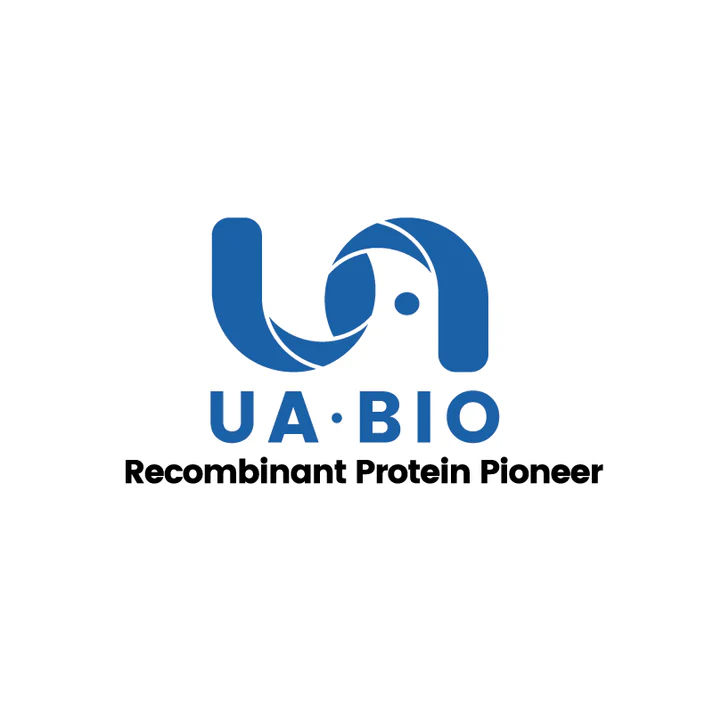Measured in a cell proliferation assay using TF‑1 human erythroleukemic cells. The EC50 for this effect is less than 20ng/ml.
Product Details
Product Details
Product Specification
| Species | Rat |
| Synonyms | Ciliary neurotrophic factor |
| Accession | P20294 |
| Amino Acid Sequence | Ala2-Met200 |
| Expression System | E.coli |
| Molecular Weight | 22kDa (Reducing) |
| Purity | >95% by SDS-PAGE&RP HPLC |
| Endotoxin | <0.1EU/μg |
| Conjugation | Unconjugated |
| Tag | No Tag |
| Physical Appearance | Lyophilized Powder |
| Storage Buffer | 20mM PB, 2mM TCEP, pH 7.5 |
| Reconstitution | Reconstitute at 0.1-1 mg/ml according to the size in ultrapure water after rapid centrifugation. |
| Stability & Storage | · 12 months from date of receipt, lyophilized powder stored at -20 to -80℃. · 3 months, -20 to -80℃ under sterile conditions after reconstitution. · 1 week, 2 to 8℃ under sterile conditions after reconstitution. · Please avoid repeated freeze-thaw cycles. |
| Reference | 1.Prog Retin Eye Res. 2012 Mar;31(2):136-51. Epub 2011 Dec 10. |
Background
Ciliary neurotrophic factor (CNTF) is a pluripotent neurotrophic factor originally isolated from chick embryo ciliary neurons. CNTF has potent effects on the development and maintenance of the nervous system, inducing neuronal survival and differentiation by stimulating gene expression of sensory, sympathetic and motor neurons. Ciliary neurotrophic factor (CNTF) is the most extensively studied member of the cytokine family that signal through intracellular chains of the gp130/LIFRβ receptor. A large body of evidence demonstrates that CNTF promotes rod photoreceptor survival in almost all animal models. Recent studies indicate that CNTF also promotes cone photoreceptor survival and cone outer segment regeneration in the degenerating retina and improves cone function in dogs with congenital achromotopsia.
Picture
Picture
Bioactivity
SDS-PAGE
1μg (R: reducing condition, N: non-reducing condition).
RP-HPLC


